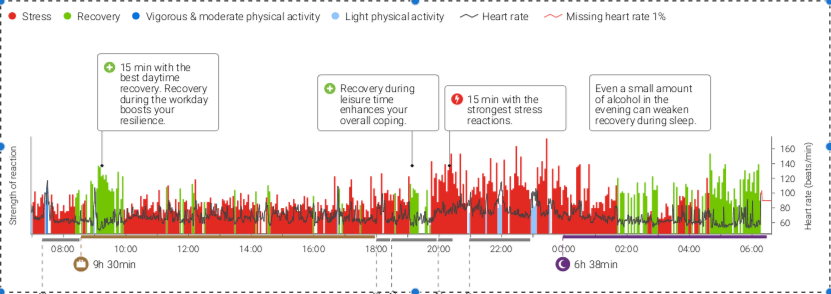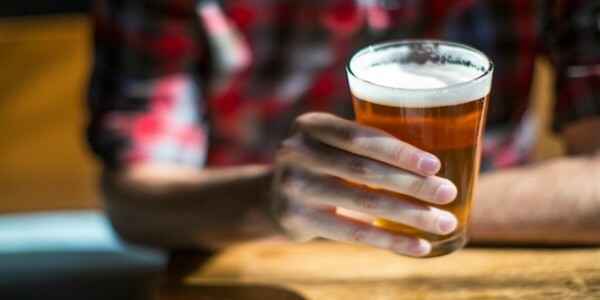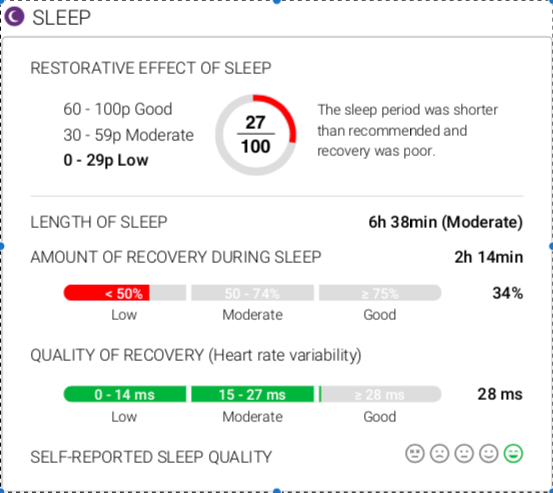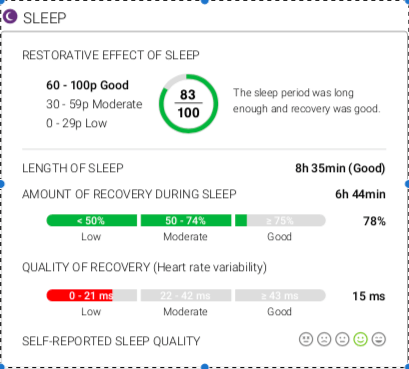The last two years there has been a growing interest in the Netherlands for Firstbeat’s multi-day HRV Lifestyle analysis. Not surprisingly. With the ever-increasing stress pressure and the accompanying dropout rate, also among young people, it can not be denied that there is more awareness about the enormous importance of recovery. A short 10-minute HRV measurement is fun but does not provide any information about the amount and quality of the recovery of the person concerned. All kinds of biofeedback systems that can help to get into a more relaxed state are useful, but do not give any guarantee that the recovery in the night, is good or improved. Because several days, sometimes up to a week, are measured, there is a detailed picture of the amount of stress pressure the organism experiences, any relationships with circumstances, activities or recurring events and last but not least, a clear picture is created the amount and quality of the recovery.
Quality of recovery
The distinction between the quantity and the quality of the recovery is by no means a senseless distinction. We compare it with the metaphor of using brakes in a car. The amount of recovery during the night indicates what percentage of the night the body was in the braking position (= recovery). The quality of the recovery then indicates how well the brake works. Someone may well exceed the desired 75% recovery time while the quality of the recovery is not strong enough.
Alcohol and recovery
One of the most obvious lifestyle factors that has a strong negative effect on both the quantity and the quality of the recovery is the use of alcohol later in the evening. Naturally, the quantitative factor is also important, the more the worse the result, but also 1 or 2 glasses of alcohol shortly before bedtime usually has a noticeably negative effect on the recovery.
Recently, in various measurements within the business world, it became clear again how much this fact is a great eye-opener for the participants. Many people do not stop there because alcohol is mistakenly seen as a substance that relaxes so well and that you sleep well.

Figure 1 – HRV of a person who drank 2 glasses of alcohol in the evening. Note that the self-reported sleep quality is excellent. A nice illustration that ‘sleep’ and ‘recovery’ are not the same.
[su_row][su_column size=”1/2″ center=”no” class=””]
Figure 2 – The amount of recovery drops to only 34% recovery from the night, while the quality of the recovery is pretty good (28 ms, while age-dependent lower limit is 15 ms).
[/su_column] [su_column size=”1/2″ center=”no” class=””]
Figure 3 – An example of a generous amount of recovery time (78% of a long night, 8 hours 35 minutes) with poor recovery quality. The brake works for a long time, only the brake works very badly. A critical note to the report is that the latter is insufficiently included in the recovery index (83/100).
[/su_column][/su_row]
In the latter case there is a bad function of the N. Vagus (10th cranial nerve), the main bundle of the Parasympaticus branch of the autonomic nervous system. Any intervention that ignores this fact will not provide a thorough and lasting recovery. Here again we see the added value of system-physiological thinking (and thus hierarchical thinking) and of a multidisciplinary approach for certain groups of people. People with a variant in their HRV profile on the last example will not recover with only lifestyle changes. A physiological approach must really be used here. We know for certain that in this group that the complementary value of an HTMA analysis (Hair Minerals analysis) is strongly emphasized.







